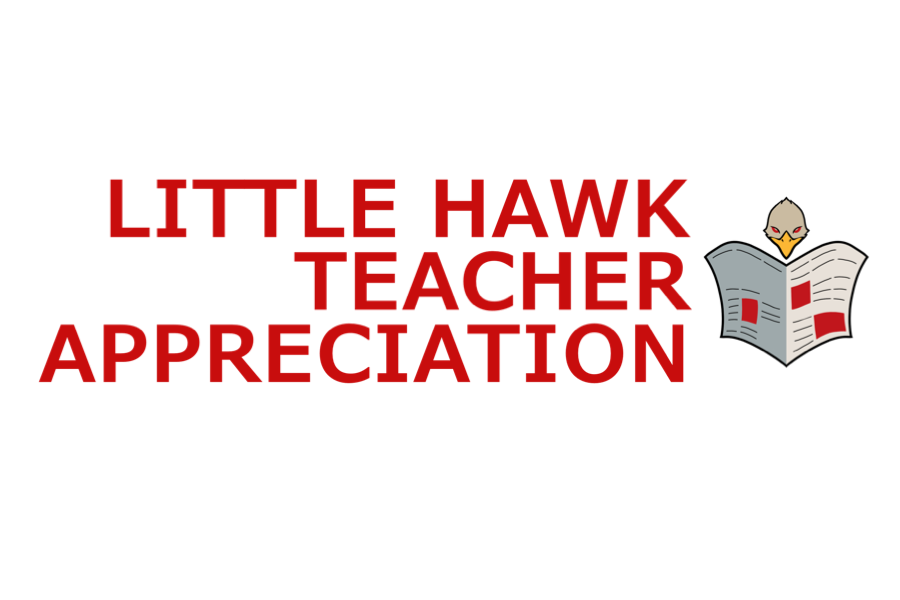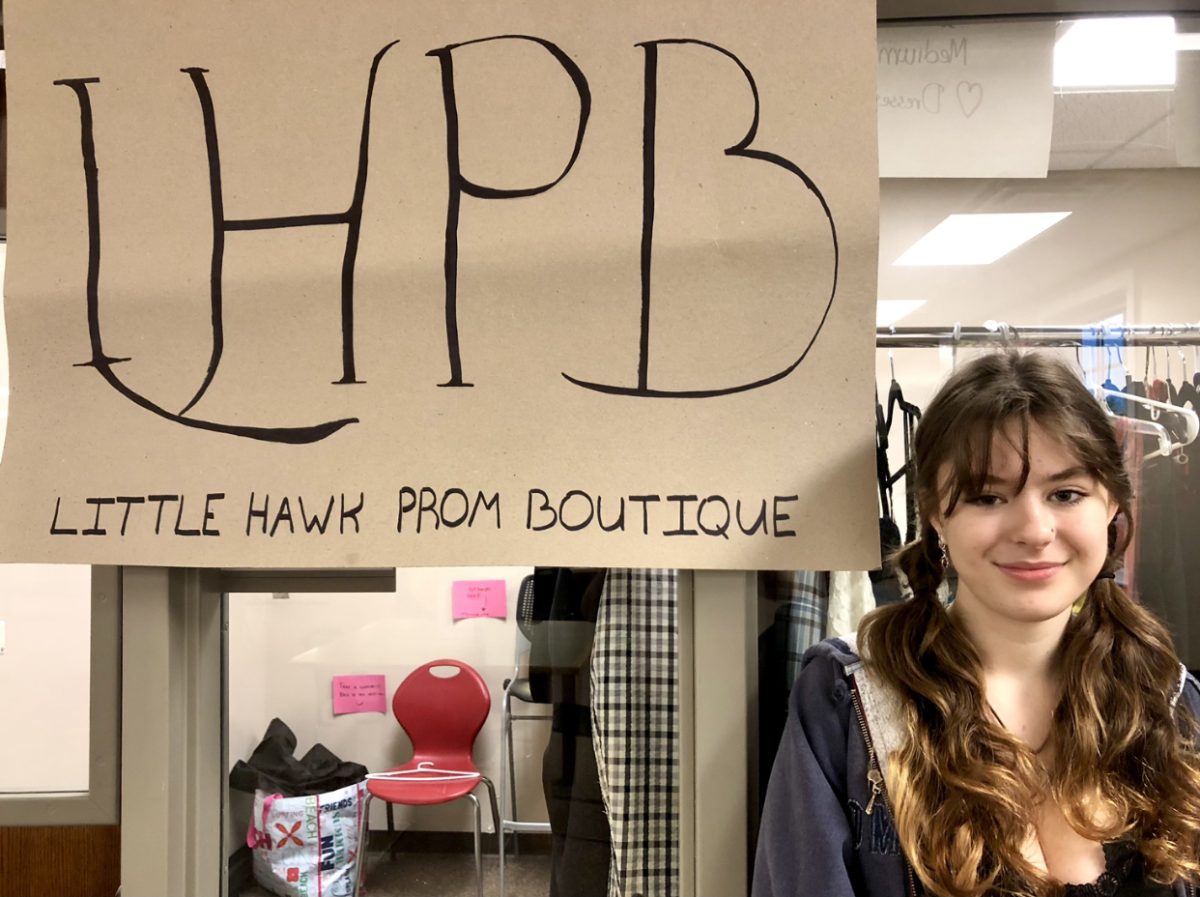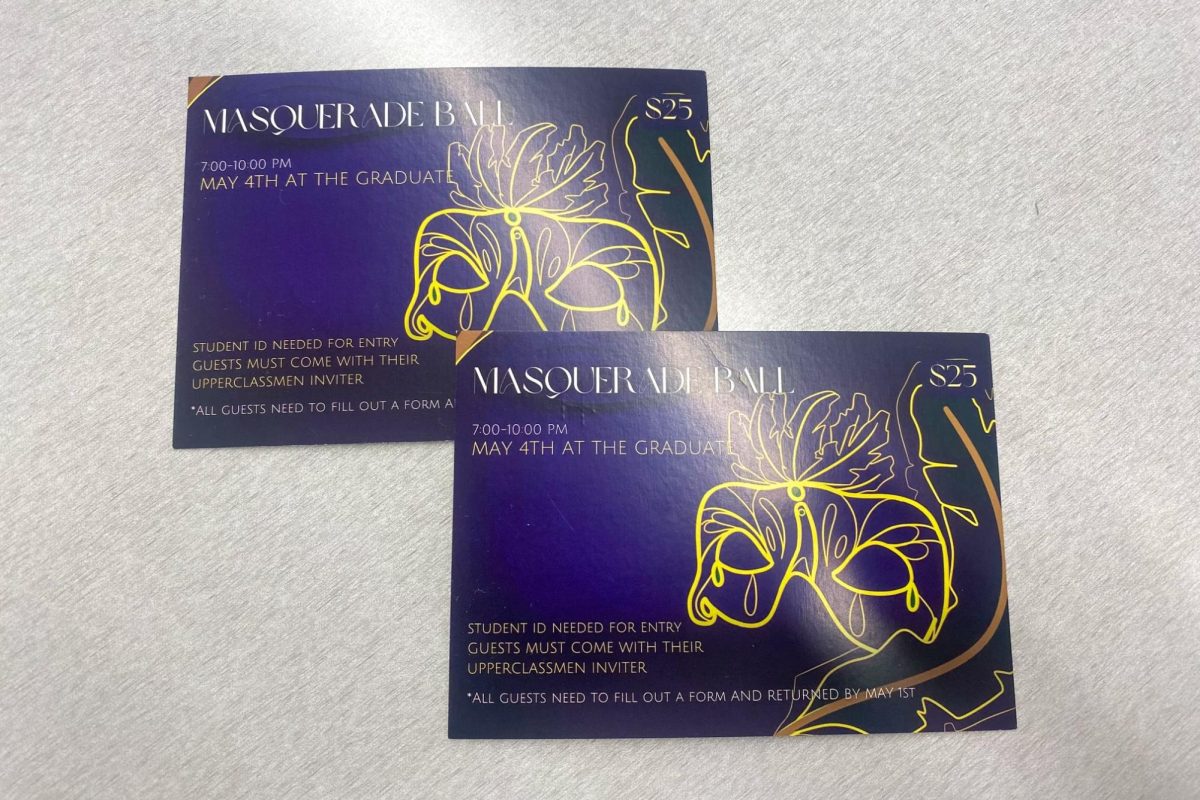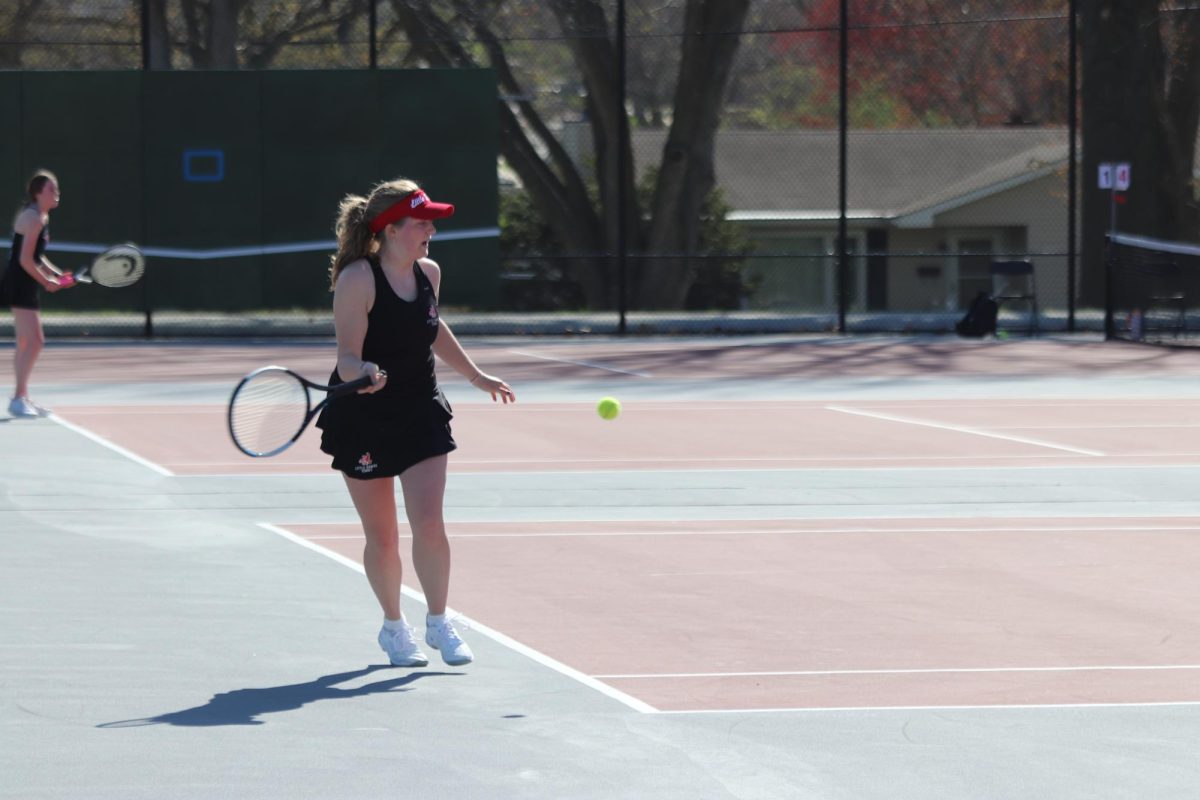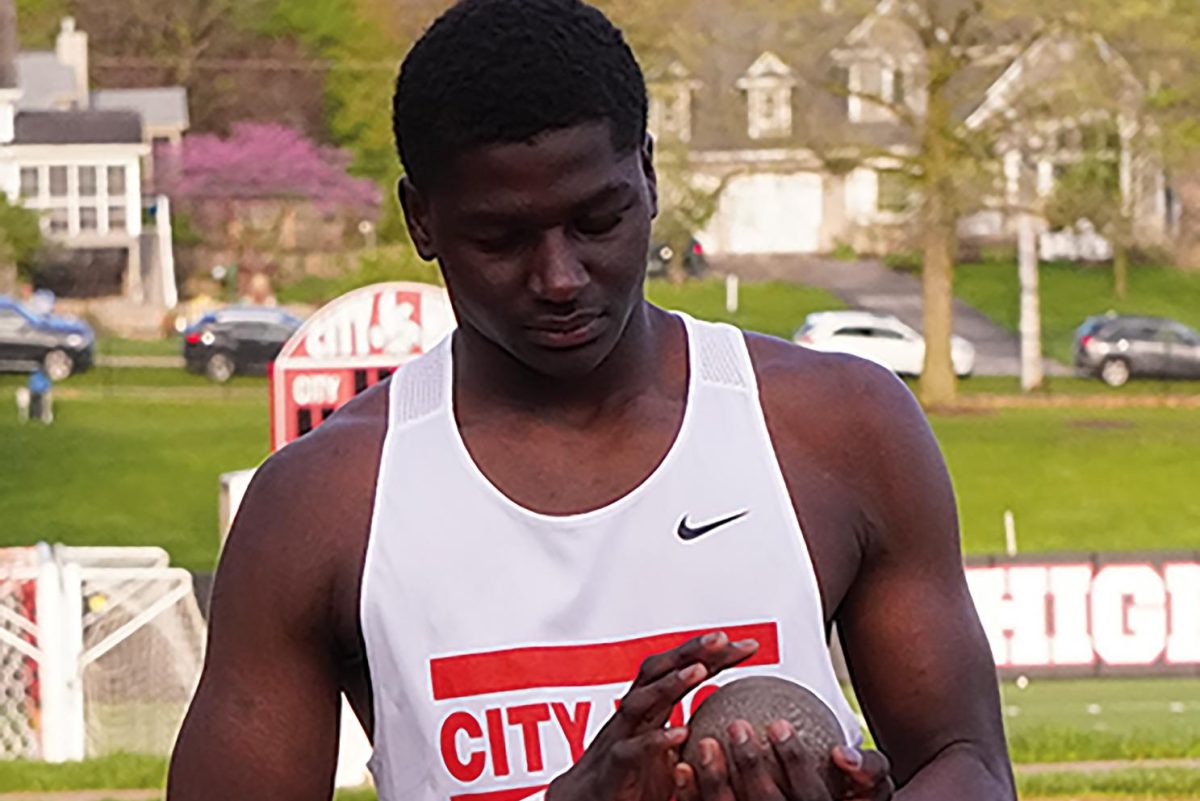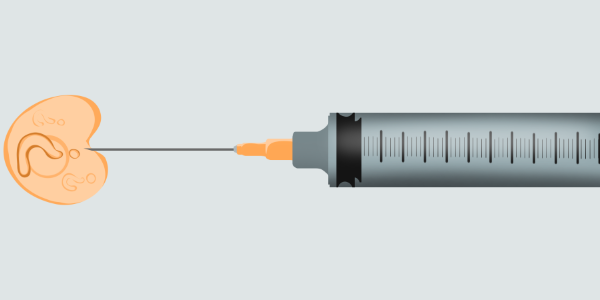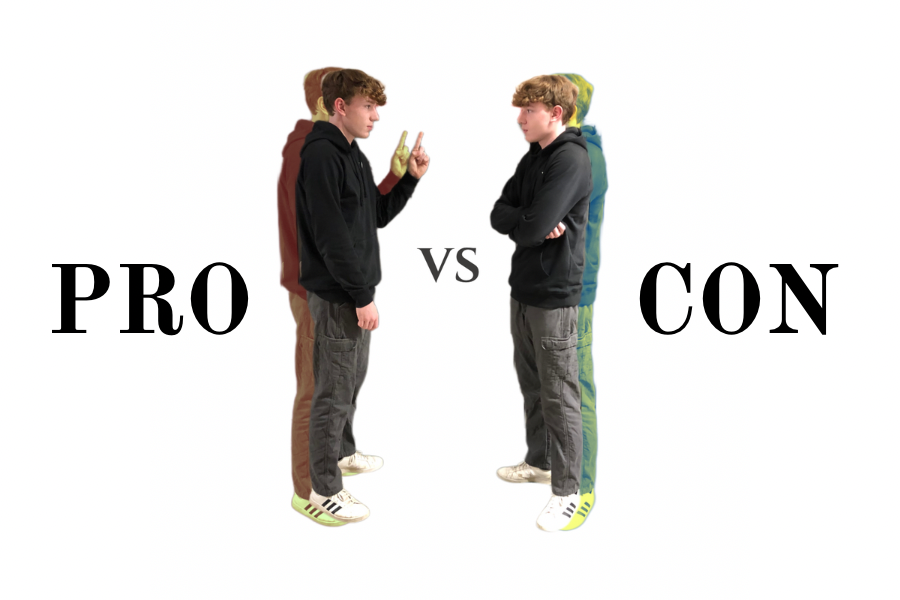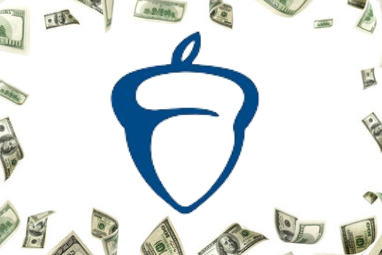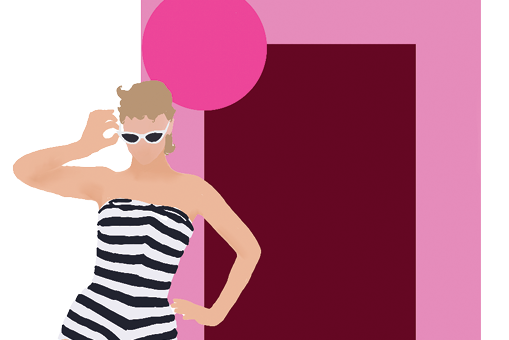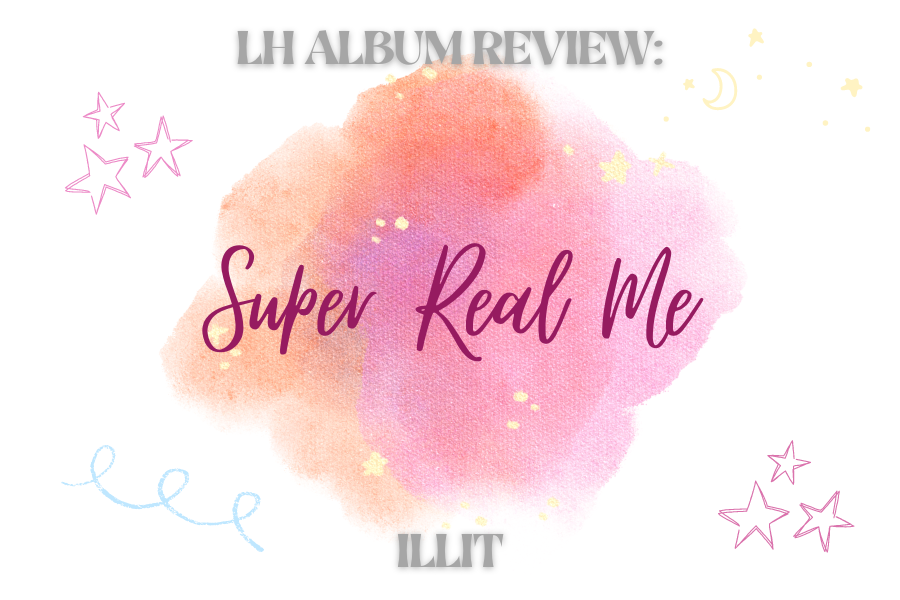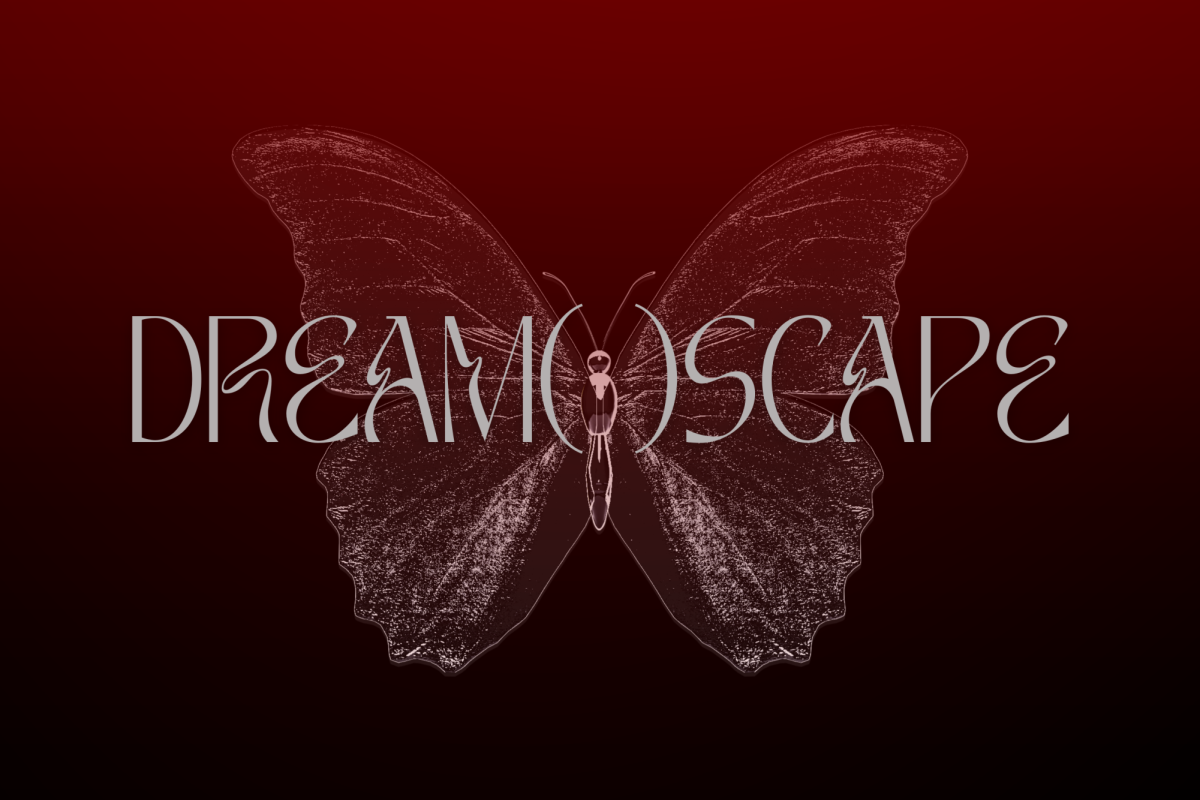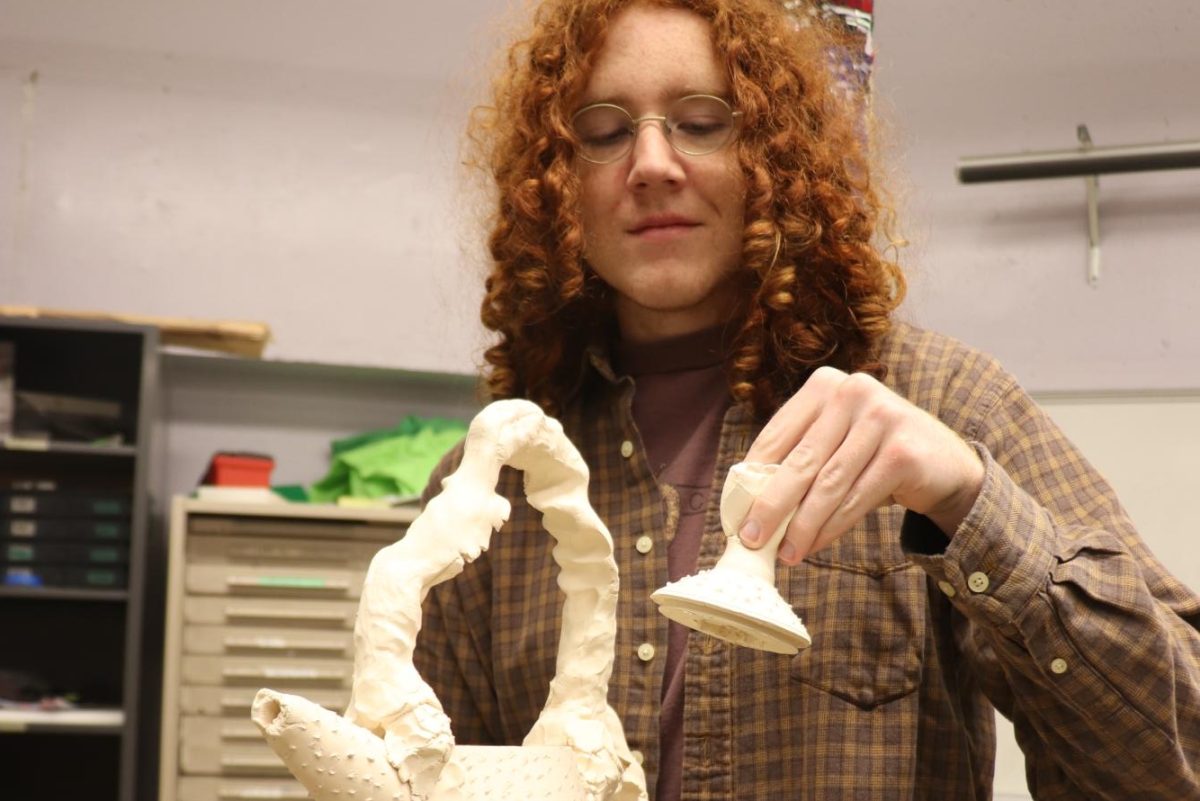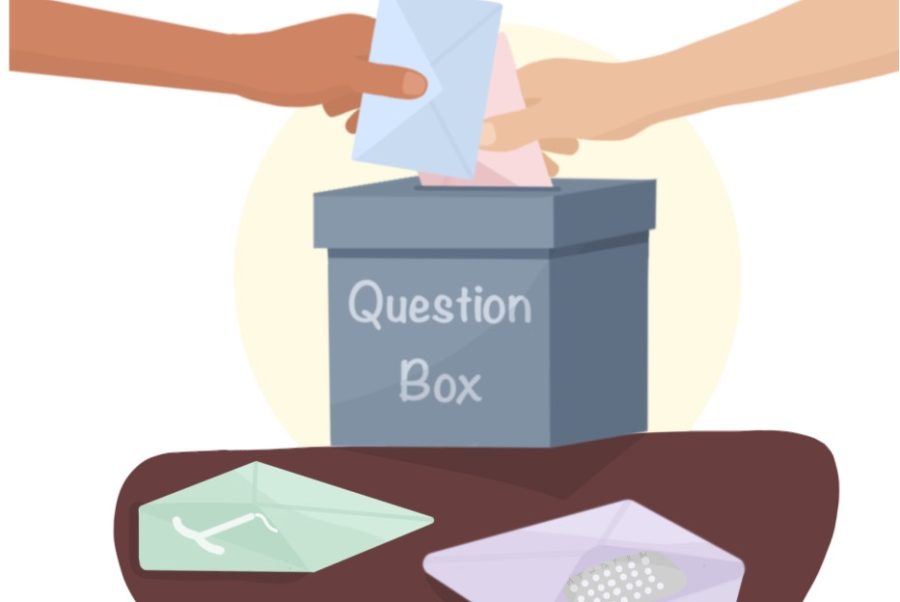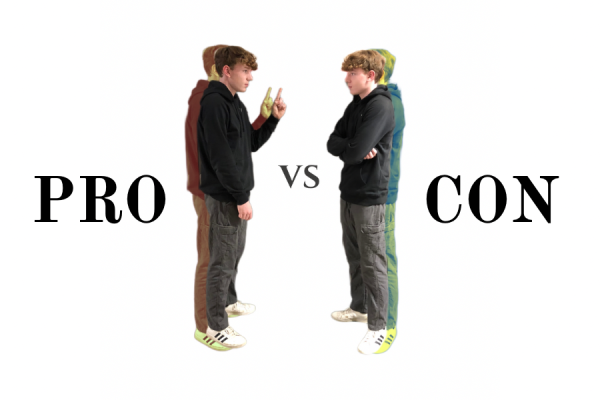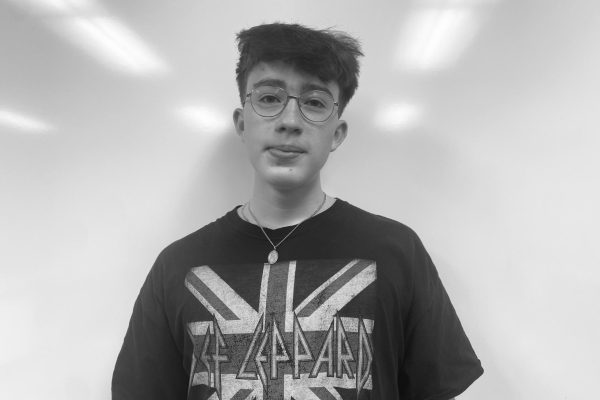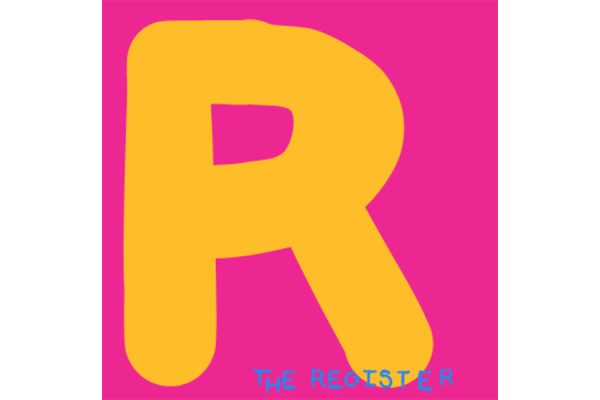Sexual Education: Questions Unanswered
April 18, 2023
According to the US department of health, 1 out of every 100 teenage women (15-19 years old) gets pregnant every year in the United states. 50% of those women drop out of school and never receive a high school diploma. Because of this, teenage mothers are more likely to fall into the grips of poverty and rely on welfare; and two-thirds of families living in poverty were started by young, unmarried mothers. Why? Because a majority of those pregnancies were conceived by women that never got proper education on pregnancy prevention methods, contraception resources, or even education about their own bodies.
Just about everyone has been through a health class whether it was in elementary school, middle school, and/or high school. For most people in the United States, the health curriculum taught them to never have sex unless they did, and in that case to use a condom. As I’ve gotten older, however, I’ve learned through parents, friends, and even the internet about all of the valuable information that falls short in our current education system – especially for anyone with a uterus.
As a woman with one of my own (an organ that I knew little to nothing about thanks to my public sexual education), I was forced to turn to alternative methods of learning about my own body. Naturally, the first person I turned to was my mom, which, for many teenagers, is a shared experience.
“[My parents] taught me a lot more than health class,” said Erin Anderson ‘23, a senior who has taken the required health class at City. “They taught me about ovulation and when you can get pregnant, and they talked about the negative side effects of birth control that were not discussed in class. They talked about other kinds of sexual health besides abstinence.”
But what exactly is the content of the current sexual education curriculum? According to senior Sophie Stumbo ‘23, when it came to contraception, “We just learned about abstinence and condoms.”
It is taught that condoms prevent pregnancy and STDs, but if you don’t want to risk these terrible things, then never ever have sex in the first place. What isn’t taught is that while condoms are an excellent way to avoid STDs, they’re only 86% effective in preventing pregnancy; however, pairing them with a hormonal birth control like the pill can increase its effectiveness to almost 100%. Knowledge like this is crucial, especially for adolescents who are most likely to use condoms as their primary form of contraception.
According to ICCSD’s website, the current curriculum associated with sexual health for the high school health class includes “prevention and control of disease, including sexually transmitted diseases” and “human growth and development.” What it doesn’t include is information on the numerous other types of birth control, or in-depth information about anatomy and hormonal cycles. While teaching about abstinence, condoms, and the prevention of STDs is a good start, we need to do more.
This curriculum is not unique to just our school, or even our city or state. Across the country, less than effective sexual education is teaching students that they have two options when it comes to sex; when in fact, there are more and better choices like Long-Acting Reversible Contraception (LARC for short).
LARCs include the IUD and the implant. These are both low-maintenance forms of birth control with a 99% success rate when it comes to preventing pregnancy. Depending on the type, these forms of LARCs can last up to 5 years. They both have the same effects as other forms of hormonal birth control like the pill with abilities to regulate periods, reduce acne, and other things that aren’t related to sex.
Such types of birth control, among others, are excluded from our education and after asking my peers, I noticed that this is leading to a lack of understanding surrounding them. What little they did know about LARCs, they had mostly learned from friends or family. Information like this needs to be taught nationwide so that students understand their choices if interested.
Encouraging conversation about these options is massively beneficial for adolescents, especially since we are experiencing puberty which brings on an increased sex drive and the need to experiment. Teenagers should not learn to stifle their urges and curiosity, but instead they should get an education that helps them to answer questions about themselves: one that guides them through the confusing years of puberty. An education that, unlike the math equations that some of us might never use again or the science labs that seem so useless, will continue to affect us for the rest of our lives.


